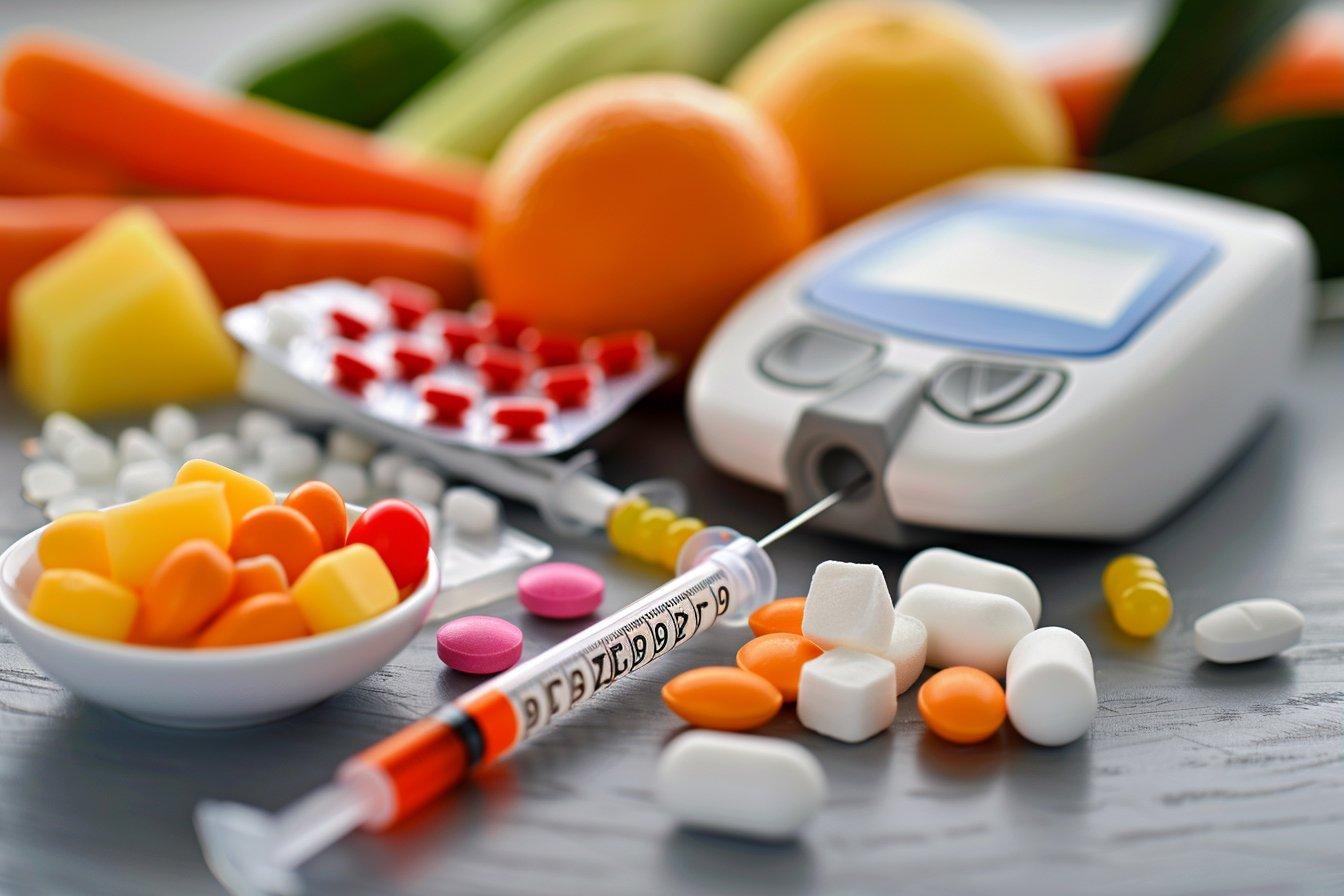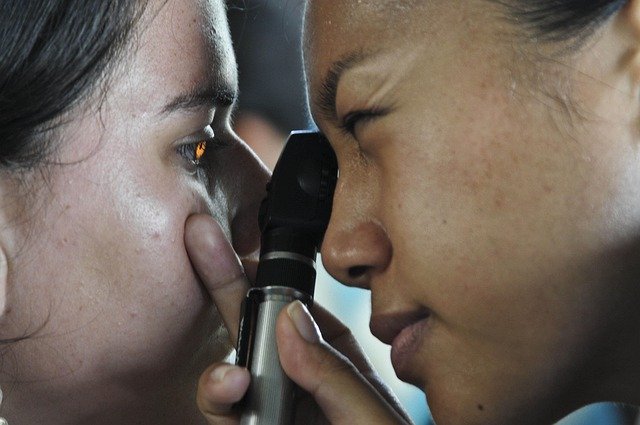Natural Ways to Reduce Blood Sugar at Home in the United States: Evidence-Based Diet, Exercise, Herbs, and Lifestyle Insights
Nearly 38% of American adults have prediabetes. This guide outlines practical, evidence-based methods to lower blood sugar at home in the United States. You’ll find dietary recommendations, exercise strategies, summaries of herbal and supplement evidence, safety considerations, and guidance on when to involve medical professionals (2025 guidance).

Why natural strategies matter and how they help
Lifestyle modification is the mainstay for preventing and reversing early rises in blood glucose. Small, consistent changes to your diet, activity level, and the use of safe culinary herbs can blunt glucose spikes, boost insulin sensitivity, and—when paired with modest weight loss—reduce the likelihood of progressing from prediabetes to type 2 diabetes (Cleveland Clinic; NCBI). These measures complement medical care and should not replace prescribed therapies.
Cut added sugars and refined carbohydrates immediately
What to stop: - Sugary beverages: sodas, sweet tea, fruit drinks, sweetened coffee and energy drinks. - Desserts and sweets: candy, pastries, cookies. - Refined-grain foods: white bread, white rice, regular pasta, many breakfast cereals.
How to replace them: - Drink water, fruit- or herb‑infused water, unsweetened tea, sparkling water, or plain coffee. - Choose whole-food carbohydrate sources at meals (see next section).
Why it helps: - Rapid‑release carbohydrates produce quick glucose surges. Reducing or eliminating them lowers post‑meal spikes and overall glycemic load (Cleveland Clinic).
Build meals around fiber-rich complex carbs plus protein and healthy fats
What to emphasize: - Non-starchy vegetables (leafy greens, cruciferous vegetables, peppers, cucumbers). - Whole grains with intact kernels (oats, barley, farro) and legumes (beans, lentils). - Lean proteins and healthy fats (fish, poultry, eggs, nuts, seeds, olive oil). - Fruit in moderation—prefer lower-sugar choices like berries or kiwi and pair with protein or fat (yogurt, nuts).
How this works: - Fiber and protein slow digestion, blunt post‑meal glucose rises, and increase satiety (Cleveland Clinic). A steadier glucose pattern also supports weight management.
Modest weight loss plus regular activity produces major benefits
Who benefits: - People with prediabetes or early type 2 diabetes.
What to aim for: - Modest, realistic weight loss—generally about 5–7% of body weight—combined with increased physical activity. Studies show this level of weight loss plus activity can markedly lower progression to diabetes (approximately ~58% overall and even greater reductions in older adults) (Cleveland Clinic).
How to pursue it sustainably: - Favor small, consistent dietary adjustments over extreme diets. - Monitor progress with regular weigh-ins and measurements. - Consider structured programs or a registered dietitian when needed.
Exercise to enhance insulin sensitivity — make it routine and varied
What to include: - Aerobic activities most days (walking, cycling, swimming). - Muscle‑strengthening exercises 2–3 times per week (resistance bands, bodyweight moves, light weights).
Why both matter: - Aerobic exercise boosts calorie burn and cardiovascular health; resistance training increases muscle mass and glucose uptake, improving insulin sensitivity (NCBI; clinical guidance).
Practical tips: - Start small: daily 10–20 minute walks add up. - Combine activities you enjoy to improve long-term adherence. - If you have mobility limits or medical conditions, adapt movements and consult your provider.
Culinary spice: cinnamon has promising but mixed evidence
What the evidence says: - Cinnamon used as a food spice has shown potential to lower fasting blood glucose in several studies and reviews (NCBI; Healthline). Findings differ by study design and cinnamon preparation.
How to use it safely: - Sprinkle ground cinnamon on oatmeal, plain yogurt, coffee, or baked goods instead of sugar. - Use cinnamon as a culinary adjunct—do not substitute it for prescribed medications. - Talk with your clinician about supplement doses and formulations before starting.
Traditional botanicals with mixed but interesting evidence
Botanicals commonly discussed for glucose control include: - Bitter melon: long traditional use; some human trials show benefit, but results are inconsistent due to varying preparations (juices, extracts, whole fruit) (NCBI). - Fenugreek: seeds contain fiber and compounds that may slow digestion and improve glucose responses; effects depend on dose and preparation (NCBI). - Gymnema, prickly pear (Opuntia), ginseng, and others: a mix of preclinical and small clinical studies; overall evidence is inconsistent or limited (NCBI).
Guidance: - These botanicals can be eaten as part of traditional cuisines. - If considering concentrated supplements or extracts, consult your healthcare provider because study outcomes vary and preparations differ widely.
Supplements that show potential — use with medical supervision
Supplements with some clinical data: - Chromium and magnesium: some trials suggest improvements in fasting glucose or insulin sensitivity, though results are mixed (Healthline). - Alpha‑lipoic acid (ALA): may help oxidative stress and neuropathy; it can also lower blood sugar and should be used cautiously. - Benfotiamine (a lipid‑soluble form of vitamin B1): mixed findings for diabetic complications. - Green tea polyphenols and resveratrol: early data point to metabolic benefits; human evidence remains limited.
Safety rules: - Discuss any supplement with your clinician, especially if you take glucose‑lowering medications—adding supplements can increase the risk of hypoglycemia. - Avoid self‑prescribing high doses. Product quality and formulations vary widely.
Understand variability, quality, and interaction risks
Key points: - Botanical supplements often lack consistent potency or standardization; clinical trials use different preparations, making comparisons difficult (NCBI). - Supplements can interact with prescription drugs (including diabetes medications), affect lab tests, or cause side effects. - Always tell your healthcare team about all herbs and supplements you use, and do not substitute them for prescribed therapy.
Choose a sustainable eating pattern and personalize it
Options that may lower blood sugar for some people: - Mediterranean-style diets emphasizing vegetables, legumes, whole grains, fish, and olive oil. - Lower‑carbohydrate strategies (including ketogenic approaches) for some individuals under supervision. - Time‑restricted eating or intermittent fasting for selected people.
How to decide: - Select an approach you can maintain over time. - Monitor glucose responses (home glucose testing, A1c) and adjust under professional guidance (Cleveland Clinic).
Monitor, test, and get medical oversight — do not delay formal care
When to get testing and follow-up: - If A1c is 5.7–6.4% (prediabetes) or fasting glucose is elevated, start lifestyle changes right away and arrange regular testing (A1c, fasting glucose) with your clinician. - Consult before adding supplements that affect glucose or if you are on glucose‑lowering drugs (to avoid hypoglycemia). - Seek medical attention if lifestyle measures don’t lower levels or if symptoms of high or low blood sugar appear.
Practical monitoring tips: - Use home glucose monitoring as recommended by your clinician. - Focus on trends rather than single readings. - Keep a log of food, activity, and glucose readings to help clinicians tailor advice.
Everyday, practical tips to lower blood sugar at home
- Remove sugary drinks from the home and restock with water or unsweetened beverages.
- Plan meals with vegetables first, then protein, then controlled portions of whole grains or legumes.
- Take a daily walk after meals to blunt glucose spikes.
- Use cinnamon as a sugar‑reducing flavor enhancer in recipes.
- Limit late‑night snacking and prioritize sleep quality; poor sleep raises glucose and appetite hormones.
- Keep a list of all herbs and supplements to share with your healthcare team.
Final note on safety and realistic expectations (2025)
Lifestyle measures can produce meaningful improvements in blood sugar and reduce diabetes risk. Many herbal and supplemental options remain supported by limited or mixed human evidence. As of 2025, the best outcomes arise from combining diet, activity, weight management, monitoring, and clinician guidance. Never stop or change prescribed medications without medical supervision.
This article is educational and not a substitute for medical advice. Consult a licensed healthcare professional for personal recommendations.
Sources
- National Center for Biotechnology Information (NCBI) Bookshelf: Herbal Medicine: Biomolecular and Clinical Aspects (2011). https://www.ncbi.nlm.nih.gov/books/NBK92755/
- Cleveland Clinic: What to Eat If You’ve Been Diagnosed With Prediabetes (2025). https://health.clevelandclinic.org/what-to-eat-if-youve-been-diagnosed-with-prediabetes
- Healthline: Herbs and Supplements for Diabetes (2025). https://www.healthline.com/health/type-2-diabetes/herbs-supplements




